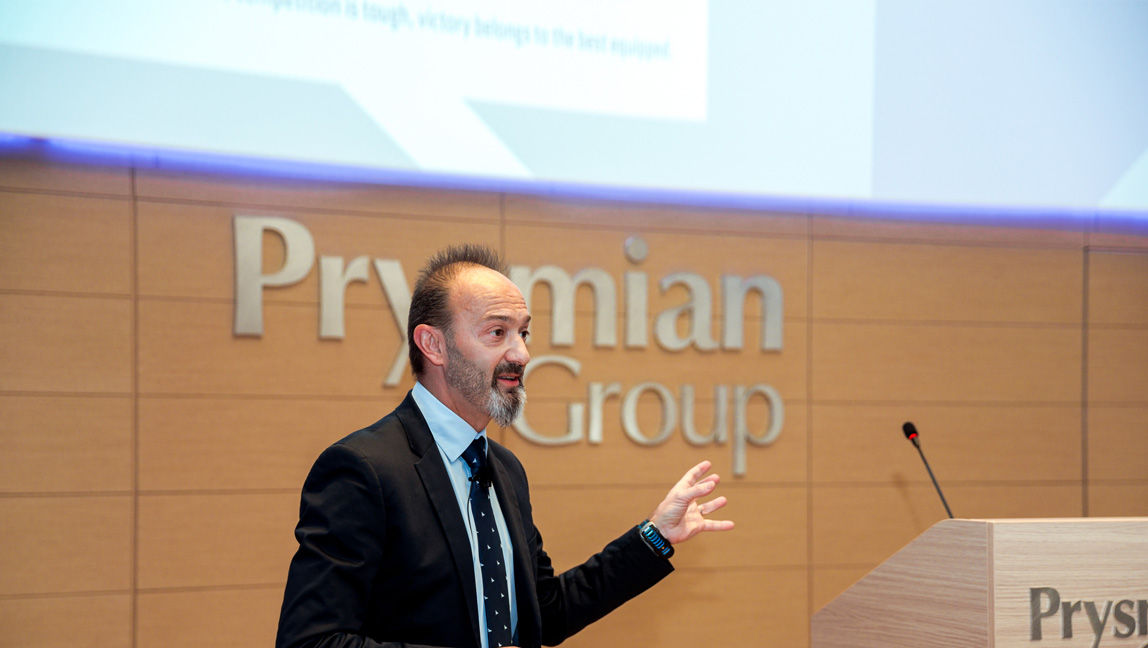Fully exploiting Digital Transformation
From augmented reality to digital holograms: Prysmian is exploring all the possible applications of the new innovative tools and implementing them.

From augmented reality to digital holograms: Prysmian is exploring all the possible applications of the new innovative tools and implementing them.
MARCH 2017
As the results of this strategy are now consolidated, the company is focusing on more agile approaches, with a number of pilot projects in the CRM field. “We have applied scrum methodologies in the CRM area and limited the technical documentation as much as possible, seeking to be leaner than usual although still a long way from an agile approach as such, ”explained Stefano Brandinali, Prysmian Group CIO. Thanks to this approach, Prysmian can also rethink the design of its digital touchpoints, and is in fact finalising a project involving 29 websites revamped using a glocal philosophy.

The more it deviates from the initial forecasts, which is exactly the opposite of traditional methodologies. Given the company’s manufacturing purpose, Prysmian is deepening its digital focus primarily on two significant areas: Digital for Operations, which is part of Industry 4.0, and the world of Smart Office and Smart Working. “In the Digital for Operations area, we are assessing the use of drones for automating warehouse inventories. There are still no industrialised solutions. We are interfacing with a startup to develop a pilot project,” explained Brandinali. At the same time, Prysmian is evaluating the proposals of a number of potential partners on the themes of augmented reality for plant training and remote assistance processes.

And that has led to many interesting possibilities. One consists of digital holograms, that can play an important role in the training of line personnel: Prysmian Innovation Lab is currently approaching this pioneering theme. Other possible applications include 3D printers, to be used in design activities or for moulding line components, or Chatbots that enable specific customer segments to be reached in a targeted manner, exploiting the potential of artificial intelligence and cognitive computing.

MAKE IT PROGRAM

CORPORATE

CORPORATE

FAST TRACK PROJECT

POWER GRIDS

FT-ETNO SUMMIT 2017

GRADUATE PROGRAM

PEOPLE